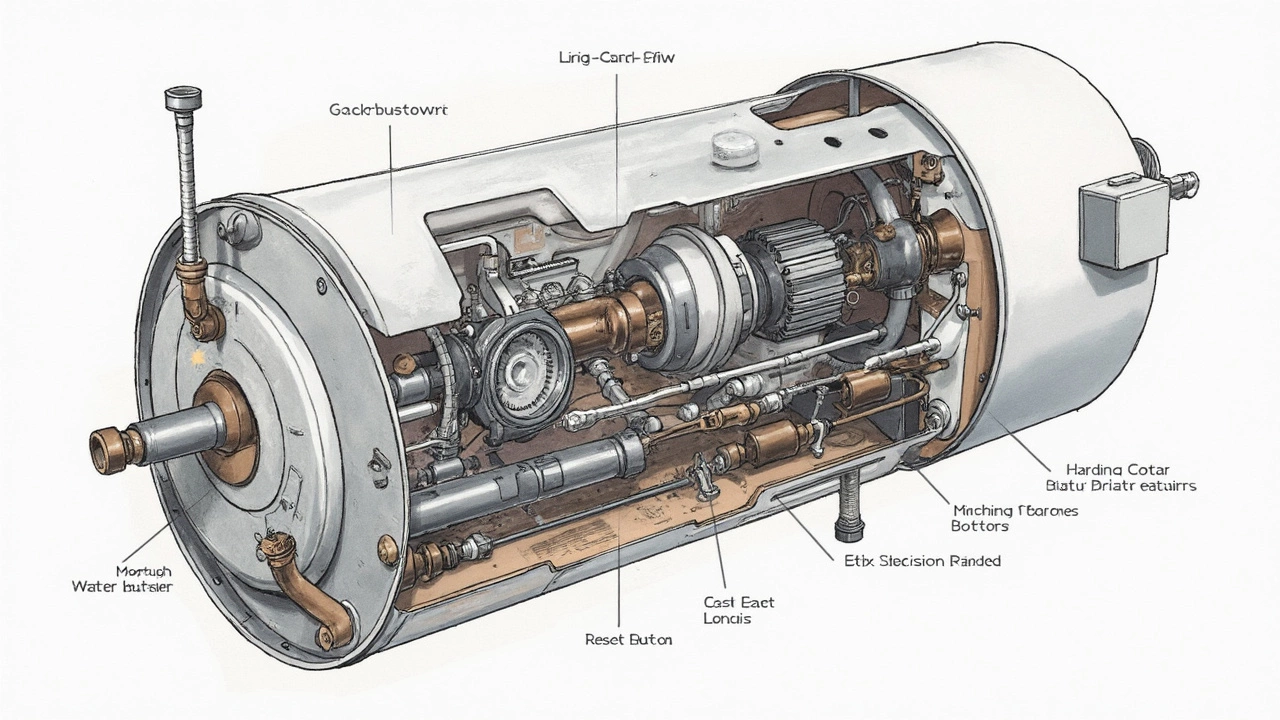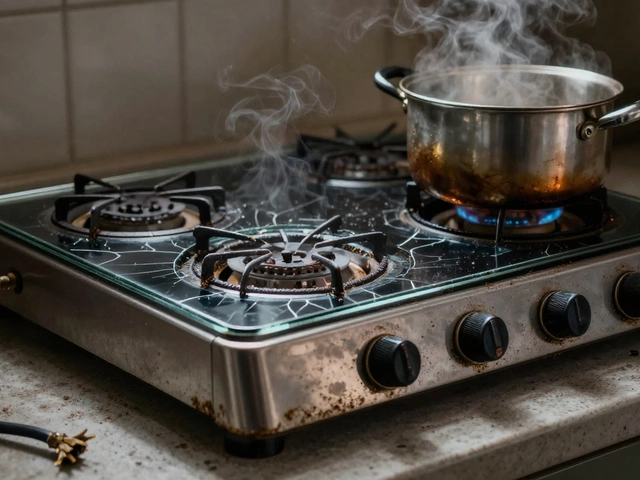Water Heater Reset: Quick Fixes & When to Call a Pro
If your hot water suddenly stops, the first thing you’ll see is the reset button on the heater. Pressing it can bring the heat back in minutes, but many homeowners aren’t sure how long to hold it or why it trips in the first place. This guide walks you through the safe reset process, explains common causes, and tells you when it’s time to call a professional.
How to Reset Your Water Heater Properly
1. Turn off the power. For electric heaters, switch off the breaker. For gas units, set the thermostat to “off.” This prevents electric shock and gives the system a chance to cool.
2. Locate the reset button. It’s a red or black square on the thermostat housing, usually near the bottom of the unit.
3. Press and hold. Firmly press the button for about 5 seconds. If the button clicks back out, the heater has reset. If it stays in, give it another 5 seconds.
4. Restore power. Turn the breaker back on or set the gas thermostat to “on.”
5. Check the water. Wait a few minutes, then run hot water from a tap. If the temperature is normal, the reset worked.
These steps match the advice in our post “How Long Should You Hold the Reset Button on a Water Heater?” and keep you safe while you troubleshoot.
Common Reasons the Reset Button Trips
Overheating elements. Sediment build‑up can cause the heating element to run hotter than it should, tripping the safety switch.
Faulty thermostat. If the thermostat reads the wrong temperature, it may shut off power to protect the tank.
Loose wiring. Vibration or corrosion can loosen connections, causing intermittent power loss and reset trips.
Gas valve issues. For gas heaters, a dirty or stuck valve can prevent proper ignition, leading the safety circuit to cut power.
If you reset the heater more than twice in a short period, it’s a sign that one of these problems is getting worse. Continuing to reset won’t fix the root cause and could damage the unit.
Our article “Water Heater Resetting: Why You Need To Do It Again and Again” explains why repeated resets are a red flag. In many cases, a professional will need to flush the tank, replace the heating element, or check the gas valve.
Remember, regular maintenance—like flushing the tank once a year—reduces the chance of a reset trip. Check out our “How Long Do Water Heaters Last?” guide for tips on extending the life of your heater.
Got a heater that won’t stay reset? Call Weymouth Appliance Repair Services. Our technicians can diagnose the issue, replace faulty parts, and get your hot water back on fast. We’re local, affordable, and ready to help you avoid cold showers.
How to Reset a Hot Water Heater: Step-by-Step Guide for Common Issues
- Alden Wilder
- Nov 23 2025
- 0 Comments
Learn how to safely reset an electric or gas water heater when you lose hot water. Step-by-step instructions for finding the reset button or relighting the pilot light, plus when to call a pro.
View MoreIs It Safe to Reset a Water Heater? Decoding the Risks and Fixes
- Alden Wilder
- Apr 4 2025
- 0 Comments
Resetting a water heater might seem like a quick fix when it's not performing right, but is it truly safe? In this piece, we'll explore what happens when you hit that reset button, why your water heater might need one, and the safety precautions you should take. Understanding these elements can help prevent potential hazards and enhance the life of your water heater. Dive into these important insights to handle your water heater safely and effectively.
View More





